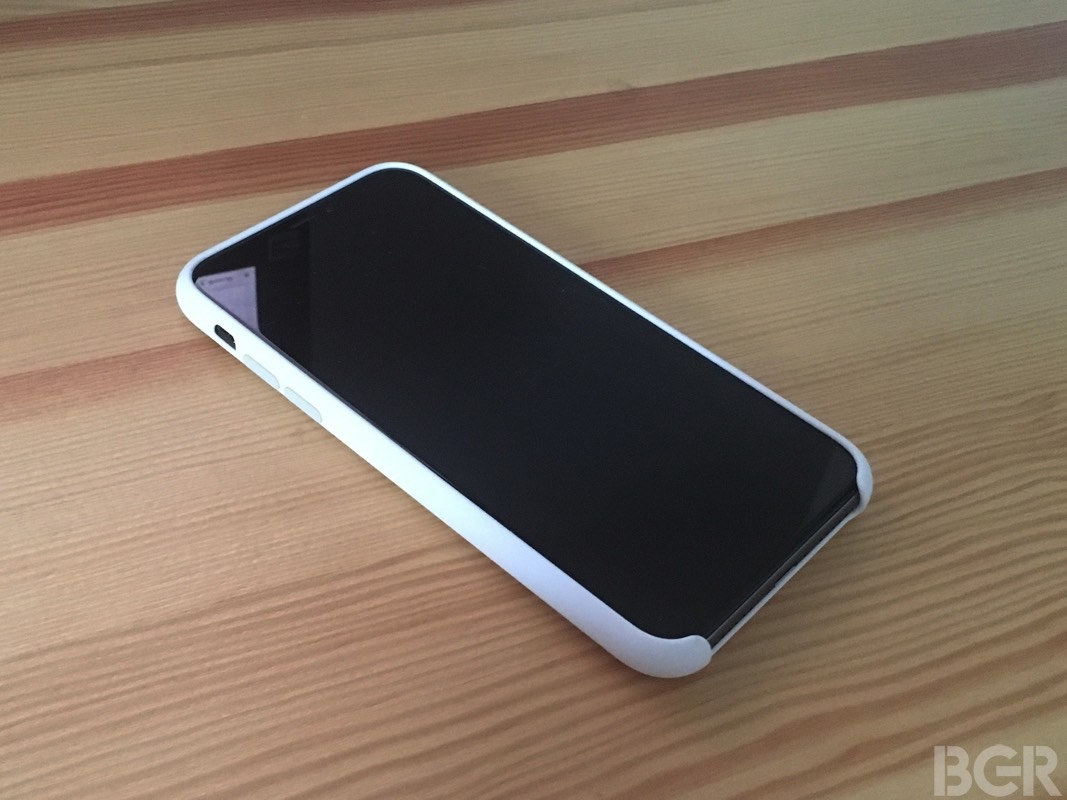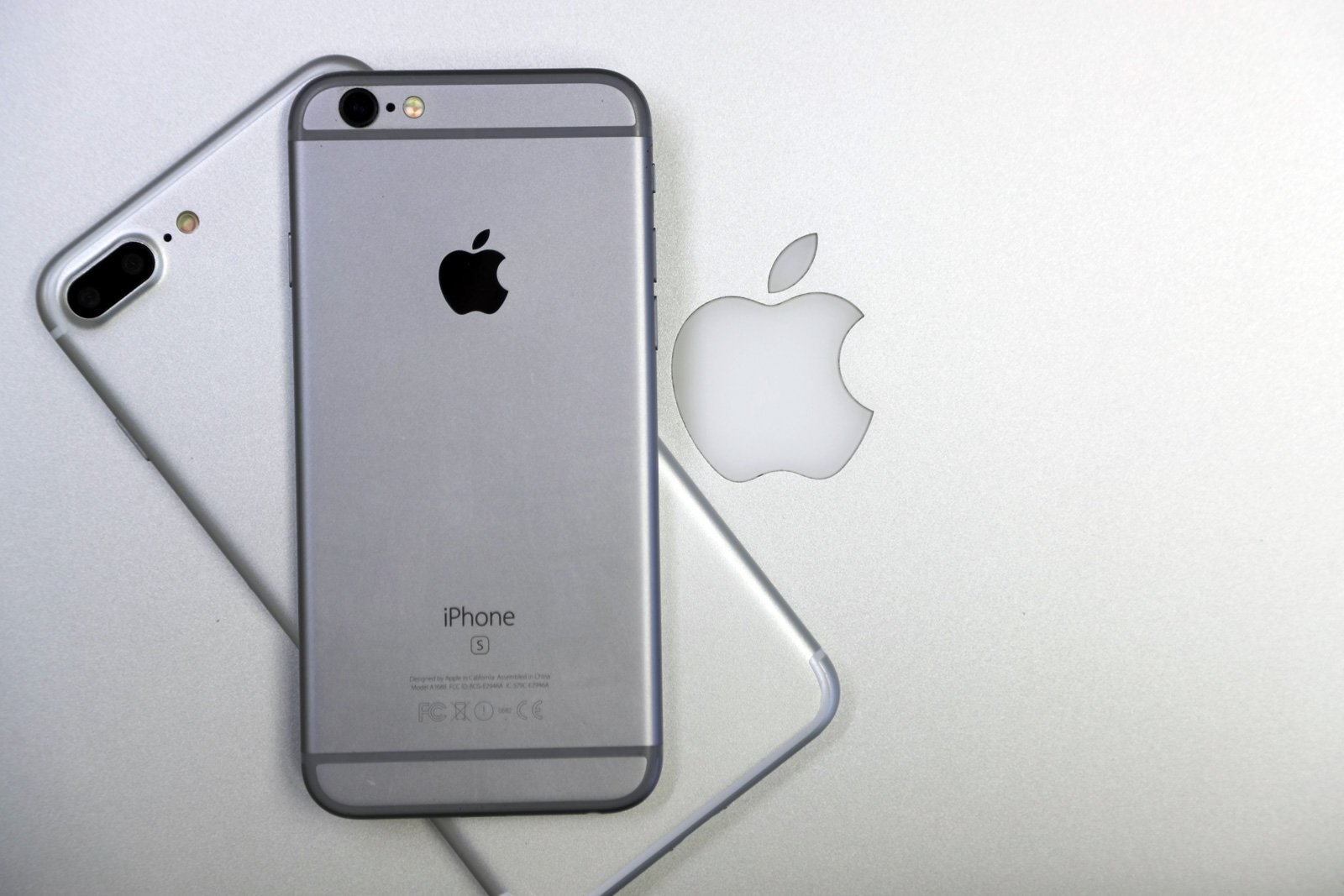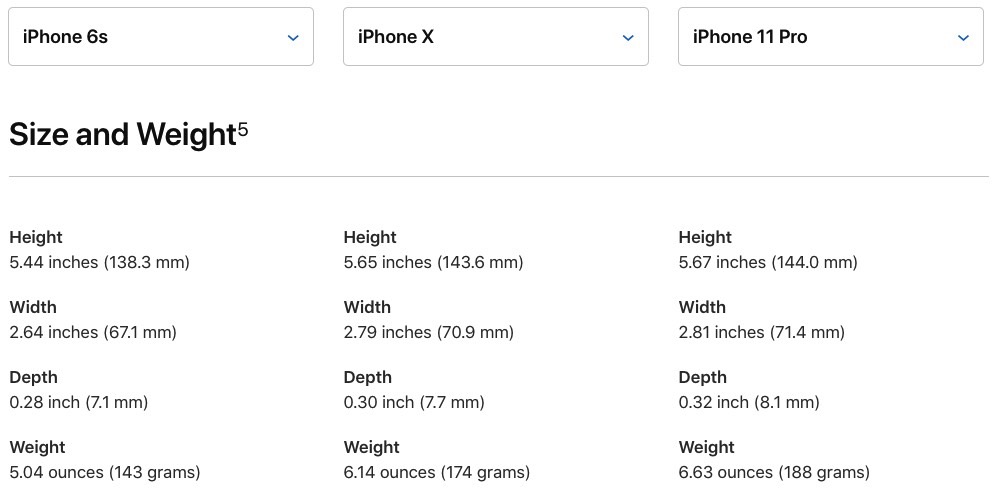The iPhone 11 May Be The Best iPhone Ever, But I Still Miss The iPhone 6s
iPhone 11 preorders kick off on Friday morning around the world, and all three new handsets will ship to buyers and launch in stores next Friday. As we've explained so far, the new handsets feature a few incredible improvements over last year's models, making them — of course — the best iPhones so far. That's something one could say about each new iPhone generation, as Apple has been refining this particular product for well over ten years. But as impressive the iPhone 11's design, speed, cameras, and battery life, I still miss the old iPhone 6s for one simple reason.
As you're well aware by now, Apple keeps iPhone designs around for more than a few years, and you tend to get used to the latest iPhone rather quick. The iPhone X introduced the all-screen-with-notch display, Face ID authentication, and brought back the glass-sandwich design. The same design has been used for the iPhone XS generation last year, and the iPhone 11 models in 2019. The changes we got are minor, and Apple isn't expected to drop a redesign until 2020 at the earliest.

It did the same thing before the iPhone X arrived, reusing the iPhone 6's design for the iPhone 6s, iPhone 7, and iPhone 8.
I embraced the iPhone X as soon as it came out, and got used to the notch quite fast. In fact, I've already told you I wouldn't go back to a device that uses fingerprint authentication only over Face ID, with the phone's signature feature being, at least for me, a huge upgrade in the way I use the handset. Yes, Face ID can be troublesome for others, it just hasn't been the case for me.
But that doesn't mean I stopped interacting with older iPhone hardware, including several iPhone 6-to-iPhone 7 phones that are still in use in my extended family. And as the designated tech guy who repairs stuff that gets broken and gets to answer all sorts of tech-related question when he's at home, I do get my hands on these older iPhones. Whether it's for replacement a screen protector that broke, to perform some sort of update, or explain a particular feature, I invariably get around that particular design. And then melancholy hits.
The iPhone 6s is just amazing to hold. It's thin and light, and just an overall pleasure to use. Of course, I'd never reconsider an iPhone that has no Face ID or an all-screen design, but, man, I sure do miss the previous design.

The iPhone 6s looks a lot like the iPhone 6, iPhone 7, and iPhone 8. But it's the one I get to interact with most at home, having passed my older model to my father. And that's why I'm more attached to it than other generations.
By comparison, the iPhone X feels bulky, even with a thin case, and is much heavier. Of course, the fact that it's made of glass and includes wireless-charging components add to all that bulk.
This brings me to the iPhone 11 Pro, the direct successor of the iPhone 6 when it comes to overall size, and the successor of the iPhone X. This one is even thicker and heavier than the iPhone X, and you'll feel the extra bulk and weight if you're upgrading to the iPhone 11 Pro from an iPhone 8 or earlier model.

As you can see in the image above, the iPhone 11 Pro is a full millimeter thicker than the iPhone 6s, or 0.4mm thicker than the iPhone X. The weight also increased significantly over the years, from 143 grams for the iPhone 6s, to 176 grams for the iPhone X to 188 grams for the iPhone 11 Pro.
On the other hand, the iPhone 11 Pro does deliver remarkable battery life, thanks to a combination of efficient components and increased battery capacity. So the trade-off is certainly warranted. And if you've ever wanted Apple to increase the thickness of its iPhones to improve battery life, well, your wish has been granted. And sure, I, and everyone else, will get used to the new footprint of the iPhone 11 phones. But touch an iPhone 6-to-iPhone 8 for a second, and you'll immediately miss its perfect-for-its-time design.
